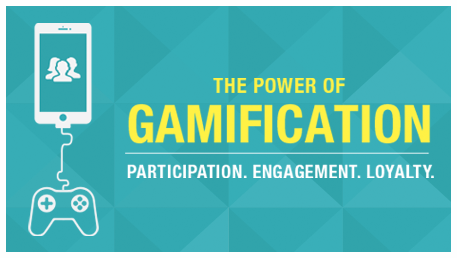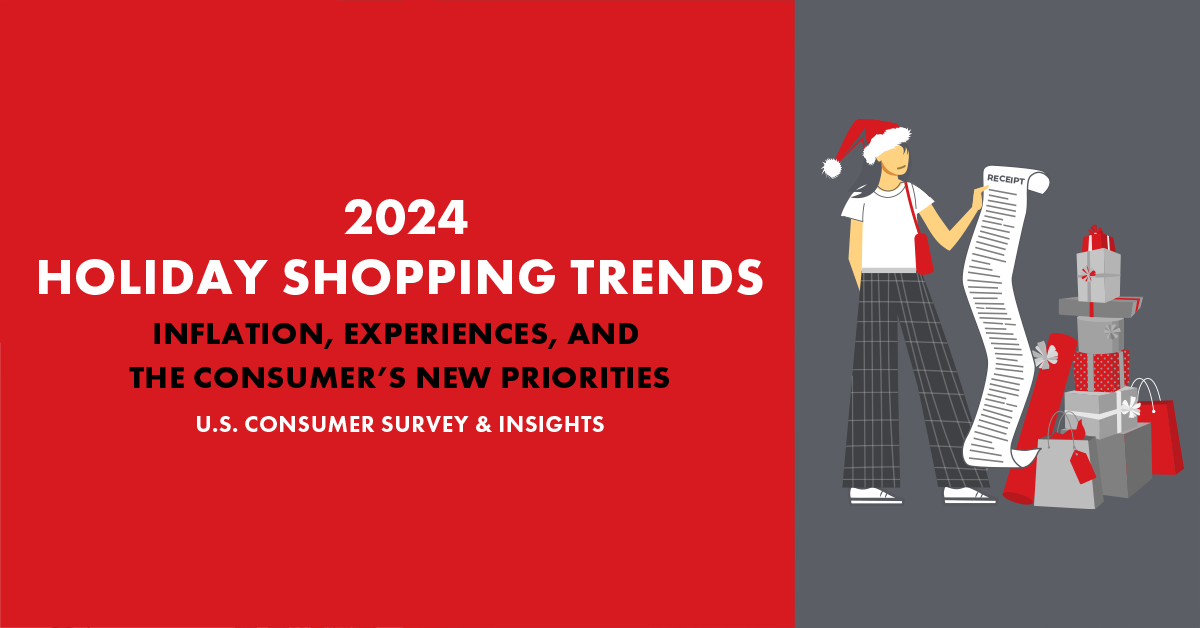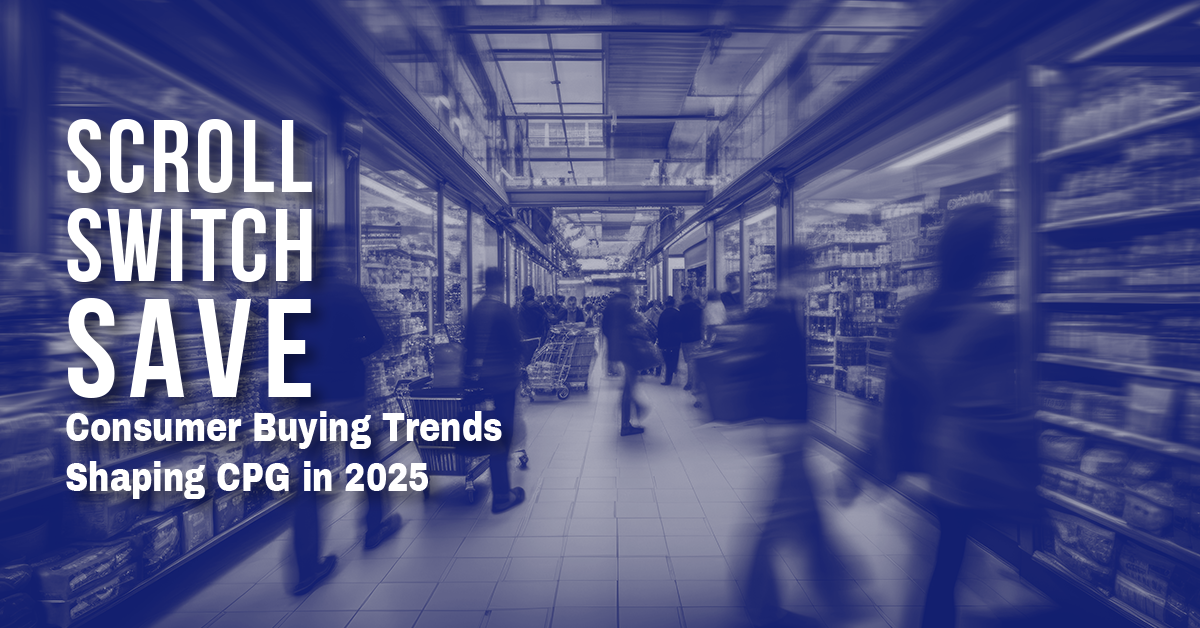Gamification as a concept is not necessarily a new one, although the term itself may very well be. The basic premise of gamification is that it uses game mechanics for non-game applications. It employs the use of game elements to leverage a participant’s sense of challenge, competition, and reward to educate, change attitude or behavior and inspire action.
Mobile gaming is now big business with 2.2 billion gamers across the globe expected to generate $108.9 billion in game revenues in 2017, the largest segment being smartphone and tablet gaming at 42% of the market. Marketers and retailers are always on the lookout for new ways to gain an innovative edge in an increasingly competitive environment. And more and more brands across industries are adopting gamification as a tool for consumer engagement marketing as well as generate loyalty and brand advocacy.
- The gamification market is estimated to be worth about $2.8 BN over the next 2 years
- 87% of North American retailers are planning to use gamication to engage customers in the next five years. 70% of top 2000 companies are using it right now
- 181% more retailers plan to use gamification within loyalty programs in five years
- A survey by Pew Research Center showed 53% of people surveyed said that, by 2020, the use of gamication will be widespread
Post Gamification Customer Engagement Metrics:
47% Client Engagement
22% Brand Loyalty
15% Brand Awareness
GAMIFICATION IN LOYALTY
Gamification can be used to garner consumer loyalty in a number of different ways:
1. ENCOURAGING PARTICIPATION
Gamification is very effective in ensuring consumer participation in programs. It is effective because it incentivizes consumers to perform certain actions by appealing to their competitive nature. For gamification to be effective, brands must make participating a seamless part of the user experience. They will be more likely to participate if they have fun doing it. Gamification can be used to introduce existing consumers to new versions of a product, to demonstrate features, or when customers are renewing their existing subscriptions.
- Giga Information reports online results from gamification: Customer activity online grows by an average of 68%, and social sharing jumps by 22%.
- TechValidate’s research found that: 30% of companies using gamification improved registration conversion rates by upwards of 50%.
Case Example
Perhaps the best example of how status and achievement can drive participation is Four- Square’s Mayor program. Customers could “check-in” to different local establishments, with the person with the highest number of check-ins earning the title of “Mayor” of that establishment. This simple badge ensured users kept competing with each other, and constantly returning to the establishment.
2. DRIVING SPECIFIC CONSUMER BEHAVIORS
By creating the right incentive schema and publicizing it appropriately, you can choose almost any form of customer behavior desired to reward that aligns with your business objectives, and enables you to closely track ROI based on these specific behaviors and user activity. Gamification is very effective at driving specific forms of consumer behavior desired by marketers, be it filling out registration forms, taking surveys, influencing word of mouth or creating referrals.
- 51% of consumers agree that if a layer of competition were added to everyday activities, they would pay more attention to their behaviors and actions
- 62% of Millennials report that brand engagement is more likely to make them a loyal customer
- Gamification strategies can lead to a 100% to 150% increase in engagement metrics
Case Example
American Airlines AAdvantage Passport Challenge gave AAdvantage loyalty members a chance to turn their virtual adventures into real-life travels. Tapping into the power of social media and gamification, American Airlines set out to boost engagement from loyalty members following its merger with US Airways. The results far exceeded expectations:
- Participants earned 70% more passport stamps than expected
- Players spent 7-15 minutes completing games & activities, enhancing awareness of the program, airline and partners
- Participants completing a game pertaining to a partner increased spending with that partner by a double-digit percentage
- Many participants achieved their personal flight goal
- Based on internal measurements, the promotion produced an ROI in excess of 500%
Dropbox provides users with free incremental storage for specific user behaviors such as completing tutorial levels and referring friends, which has proved to be enormously effective.
3. CUSTOMER RETENTION
A well-accepted rule of thumb is that customer acquisition costs are generally 4-6 times the costs of customer retention. Gamification has its biggest impact in ensuring customers keep coming back. In addition to points for purchase, providing users with a sense of achievement and competition while having fun and staying engaged for longer stretches of time provides real retention benefits. As illustrated in the frequent flyer programs example, having status tiers with associated perks ensures that customers keep returning and participating in programs for reasons beyond just the points they get.
- 27% of Millennials continued their participation in a loyalty program because it featured a competitive game, or a social element such as badges, leaderboards or communities
- Brands that successfully engage their consumers realize 63% lower customer attrition and 55% higher share of wallet
Case Example
McDonald’s has been leveraging gamification in a more literal sense with its Monopoly game that it has been running for thirty years (since 1987). The game is single-handedly responsible for a significant lift in same-store sales and works by both bringing in consumers who might have eaten at another burger chain (acquisition), and by bringing them in again and again (retention). In 2010, McDonald’s increased its sales by 5.6% in the USA through this program, with many people engaged in impulse buying just to get tickets. They doled out over $500 million in prizes in 2014 which gives you a sense of how impactful it must be.
HOW BRANDS CAN BENEFIT FROM GAMIFICATION:
- Collect valuable consumer engagement data
- Identify consumers reactions for retargeting
- Offer personalized communication
- Develop long-term relationship with consumers
- Create involvement through a personalized experience
- Drive repeat sales
- Drive brand advocacy
- Develop a customer engagement score (CES)
APPLYING GAMIFICATION TO YOUR PROGRAM
There are a few general rules of thumb when it comes to applying gamification techniques to loyalty programs that practitioners should keep in mind:
Make it social: A key component of gamification is recognition, so always look at integrating social media into your ideas.
Reward participation: Give new members bonus points for simply showing up (ensuring they get over the startup inertia described earlier).
Not too hard, not too easy: A key challenge for most gamification techniques is to ensure it is easy to participate but not too easy, so participants get a sense of achievement.
Engender friendly competition: Things like leaderboards and public badges indicating levels of achievement are effective ways of getting your customers to compete with each other for recognition.
Clearly dene the goals: Make sure consumers understand exactly what they need to do to achieve their reward; also, design program levels so goals feel within reach.
Surprise and delight: A very effective gamification technique is giving a random reward or freebie to members at unexpected times.
CONCLUSION
As consumer engagement and retention are key to building long term consumer loyalty, gamification is proving to be the innovative edge in an increasingly competitive environment, allowing marketers to increase their sales, acquire and retain customers. With the increase of new shopper technologies like Augmented Reality and Virtual Reality to create differentiated, personalized customer experiences, in the short-term we are likely to see a lot more gamification in marketing strategies.
While gamification is a very effective tool, practitioners need to take care to use it in the correct context, and not overuse it. Simply adding game mechanics to your programs won’t automatically make them better. Without clear expectations and thoughtful application, gamification can mislead and frustrate customers, or even worse, drive unwanted behaviors.





